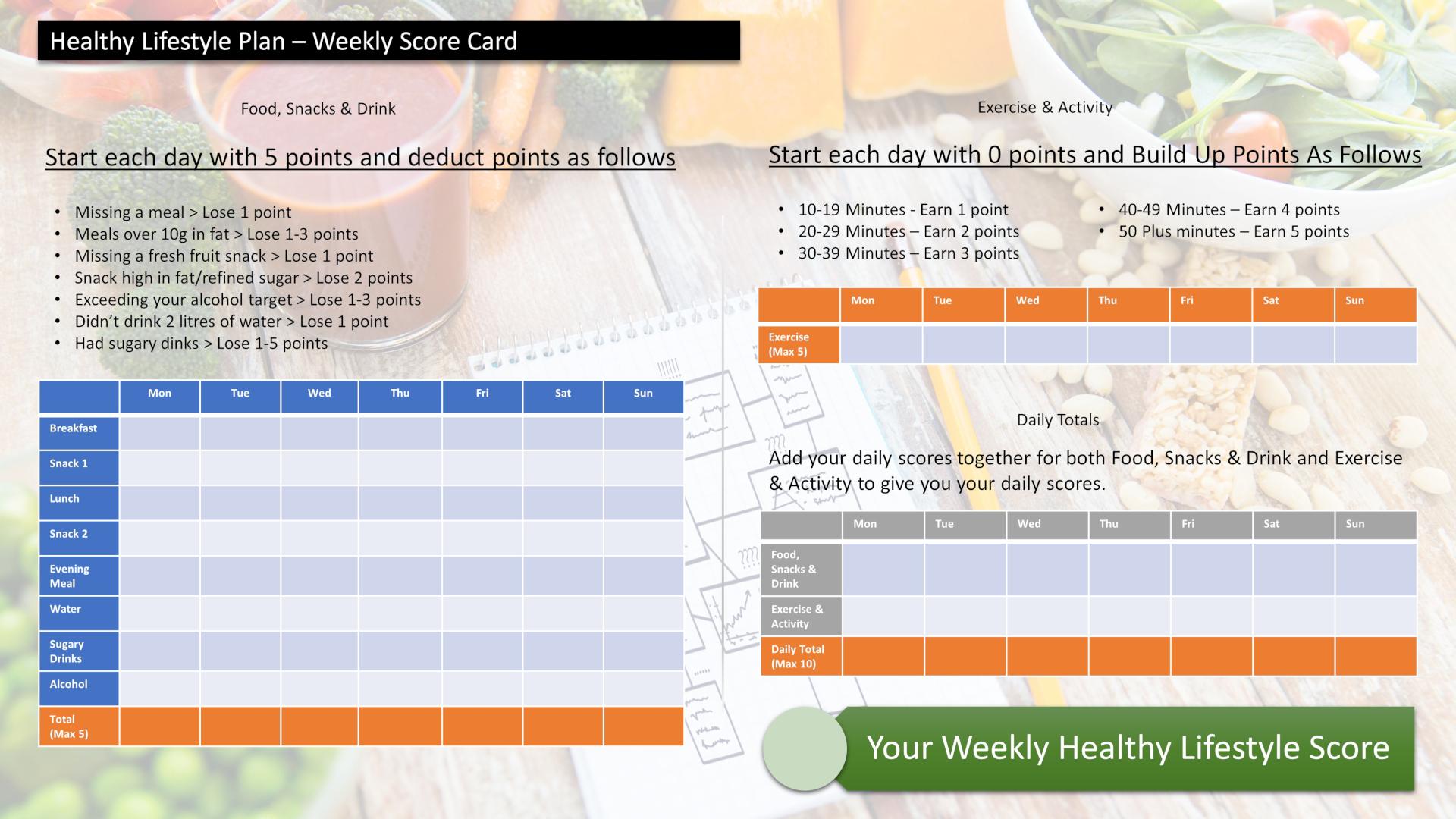When life’s problems seem overwhelming, look around and see what other people are coping with. You may consider yourself fortunate. Ann Landers
When a problem takes place in our life we are often troubled and taken aback, left vulnerable and alone, lost without the knowledge and ability to overcome our troubles. Yet we can overcome our serious problems, and even turn them into great successes.
W. Clement Stone said:
“You are a mind with a body. You can direct your thoughts, control your emotions, and ordain your destiny”.
You have to take possession of your mind, and the best way to do this is to keep it focused on the things you want, and not on the things you don’t want.
To often human consciousness spends much of its thinking time on problems. This would be great, if that time was being used analysing the problem in order to find a solution. But in most instances all the time is spent mulling over the problem again and again in a negative, harmful way. The more you think about it the bigger the problem seems. Yet most problems, when looked at clearly, are a fraction of the size they seem at first sight.
Life will always have ups and downs and as humans we are mortal. When life throws a few curve balls our way we too often hold onto the problems and continuously go over it in our mind. This repetitive cycle does not bring answers and simply increases our focus on the unhappy situation.
Earlier in the month I gave you a problem solving technique in my blog. Today I wish to provide you with a solution focused approach to dealing with problems. It is characterised by being both goal and action orientated.
The solution-focused approach is a process in which you envision your preferred future. Next, you question your strengths and resources, and about things that have already gone well and then take actions so to take small steps forward.
A way of explaining the solution-focused approach is through the FORWARD acronym. The letters FORWARD stand for:
F Focus – Focus on what you want to be different
O Outcomes – Describe the desired outcome in detail
R Realized – Describe results already realized
W When – When did similar successes already happen
A Action – One small step forward
R Results – Monitor for achievement of new results
D Desire – desire for further change explicit
These steps were brilliantly explained to me by my coach and mentor, so here is how he explained them:
Step 1: Focus on what you want to be different
There are always going to be things you want to change in your life. So using this process your starting point is to focus on the thing that you want to change and why you want to change it.
The two most common reasons for requiring change are:
- There is something negative you want to get rid of (a problem).
- There is something positive you want more of (an unfulfilled aspiration).
Questions to ask yourself to truly focus on what you want to change are:
- What would you like to be different?
- What is it you want to change?
- What is the reason you want things to be different?
- How is the current situation bothering you?
With this process it is not necessary to delve into your problems, diagnose them or analyse them. The approach is designed to keep you positive. It recognises problems without focusing too long on them. It will get you to get clear about the results you want, helping you to find out what will enable you to make progress in the direct ion you need to go to achieve these results, and it will get you to focus on the actions which will work best for you.
Step 2: Describe the desired outcome in detail
Next, you need to focus on detailing how you want things to be. In simple terms you need to get specific about what tangible positive results you require from this change process. You need to know exactly what you want to achieve. So start creating the life you want, how you want things to be different. The minute you start being specific about positive goals, you have begun the change process.
- Ask yourself these questions:
- How would you like things to be different?
- What do you want to achieve?
- What will be different when the change has succeeded?
- What will you do differently?
- How will others notice things have become better?
- What advantages will this have?
Step 3: Describe results already realised
This step is to look exactly at what you already have achieved. What you have in place. Recognise your successes. People often overlook their successes and demean their value.
Whoever you are, wherever you live, ever you do, there have been times in your life when you have been a great success. As a child, you learned to walk, you learned to talk, and as you grew older the learned even more things. All these things which you have learned to do, as well as other accomplishments — earning money, finding a lover or partner or spouse, achieving in education or in business — all evidence your natural and inherent ability to be successful.
It is crucial not to overlook what you have already achieved. Recognising what is already working well will put you in a more optimistic state of mind.
Ask yourself these questions:
- What is already going well?
- Which results have already been achieved?
- What helped?
- What worked well before?
Step 4: When did similar successes already happen
The following step is to identify specific situations in the past in which things have already gone better. This might involve: a) an exception to the problem: the current problem was less problematic, or b) an earlier success: the situation you want to achieve was already happening to some extent. When you have identified such a situation, you answer questions like:
- What went right in this situation?
- What was different in this situation?
- What made possible for things to go better?
- What was your own role in this success?
Step 5: Action: one small step forward
Now you are going to start to take some action. Look at your previous successes in the previous step and see how they can help you with your current situation. You are now building a bridge between your successes in the past to your success in the future.
Focus on taking one small step forward instead of taking a big leap. Taking small steps has several advantages:
- It is easy: the required energy, motivation, and trust are minimal,
- It is safe: if it does not work not much will be lost,
- It is encouraging: aiming for a small step implies something positive, namely that there is already a lot functioning well as it is,
There is a chance of positive snowball effects: the one small step approach has a surprising side effect: it may lead to a snowball effect: one small improvement may unexpectedly bring about more positive change
Associated with this step are questions like:
- How is what we talked about relevant for your current situation?
- What small step forward could you take?
- How would you notice that this small step would work?
Step 6: Monitor for achievement of new results
After the small step forward has been taken you, focus your attention on what goes better. This purposeful improvement-focus helps you to notice positive changes, even small ones. Noticing that you are moving forward is supportive to making further change. First, is it encouraging to notice you are on the right way. Second, it provides you with a clear sense of what works so that it will become easier to take next steps forward. In this step, the following questions are answered:
- What is going better?
- What helped?
- What did you specifically do that worked?
- What else went better?
7. Desire for further change is made explicit
The final step is to ask in particular what further change is required. Doing this allows you check your motivation for further change and to adjust you goals, if necessary. The benefits of frequently asking what further change you want are threefold: 1) motivational: by remembering why you want things to be different you re-inject new motivation for change, 2) fine-tuning: it allows you to fine-tune your goals by taking into account new things that have happened, or new insights you may have gained, 3) efficiency: it keeps you from doing too much. The question may help you to realize that you have already done enough and that you don’t need to make further changes. Questions in this step may be:
- What further change do you need?
- When will you know you have made enough progress?
When you start to apply the solution-focused approach, it can be challenging, but the results it can bring to your life, make it very worth while. So persist, and get this process to be the way you deal with all your problems from now on.
I guess that you have already tried a few things to get rid of the ‘problems’ in your life. Have you succeeded? If not – then, will it not make sense to do something that you have not tried before? So give this process a try!
A problem well stated is a problem half solved. – Charles F. Kettering
Score Your Way To Good Health - With Our Healthy Lifestyle Plan
Score your way to good health with our healthy lifestyle plan and it's unique 70 point weekly scorecard!




Great solutions Larry, again, as always 🙂 Will be implementing some of these strategies throughout my day 🙂 Thanks for sharing!
Mary – would love to know how they work for you.
My source of hope,my place to gather knowledge,to find hope,strength and positive energy..Larry,this is like my own Bible..love you always for coming up with the right things,the right words..as if u can actually read my mind..thanks once again.
Alpana – my fountain will keep flowing, I love to blog, and i love the interraction i receive from my readers and friends. It is wonderful people like you, that make blogging so fulfilling.
You are going to kick me right now! Your have stated some very good points..however it seems so robotic like! How does one move to the next step when the sensations one feels at that given time prevents moving forward or taking the next step. What does one do and handle that part? How about looking at things as individual steps…I hope this comment makes some sense to you….
Savira – i’ll have to blog the answer to give your comment the respect it deserves … you know you always make sense to me, and guide me on the way x
a place where i come back again and again for self realization and self improvement and i grow up bit by bit. life is not without a problem, we need to organize the steps methodically to solve them out. you showed us the way. thanks a lot Larry.
Sancheeta – as always i love your comments both your kindness and your sense
i’m going to have to get serious and read this properly now .. cheers larry 😉
Tbaoo – you getting serious would be like me giving up on exercising , we are who we are, and to me you are Mr Funny. But keep coming back and sharing